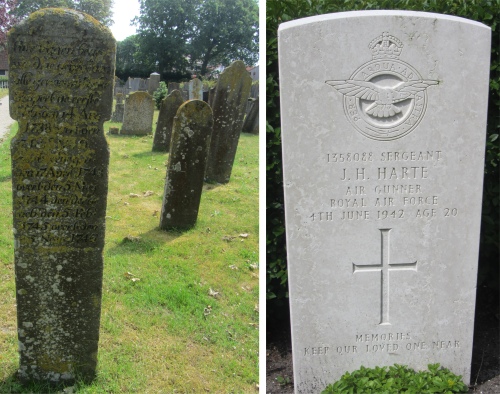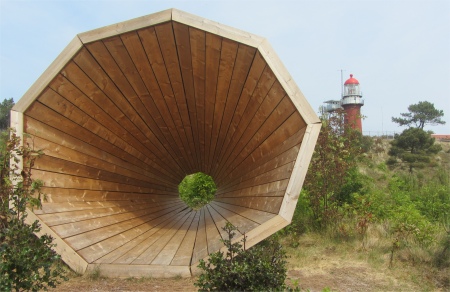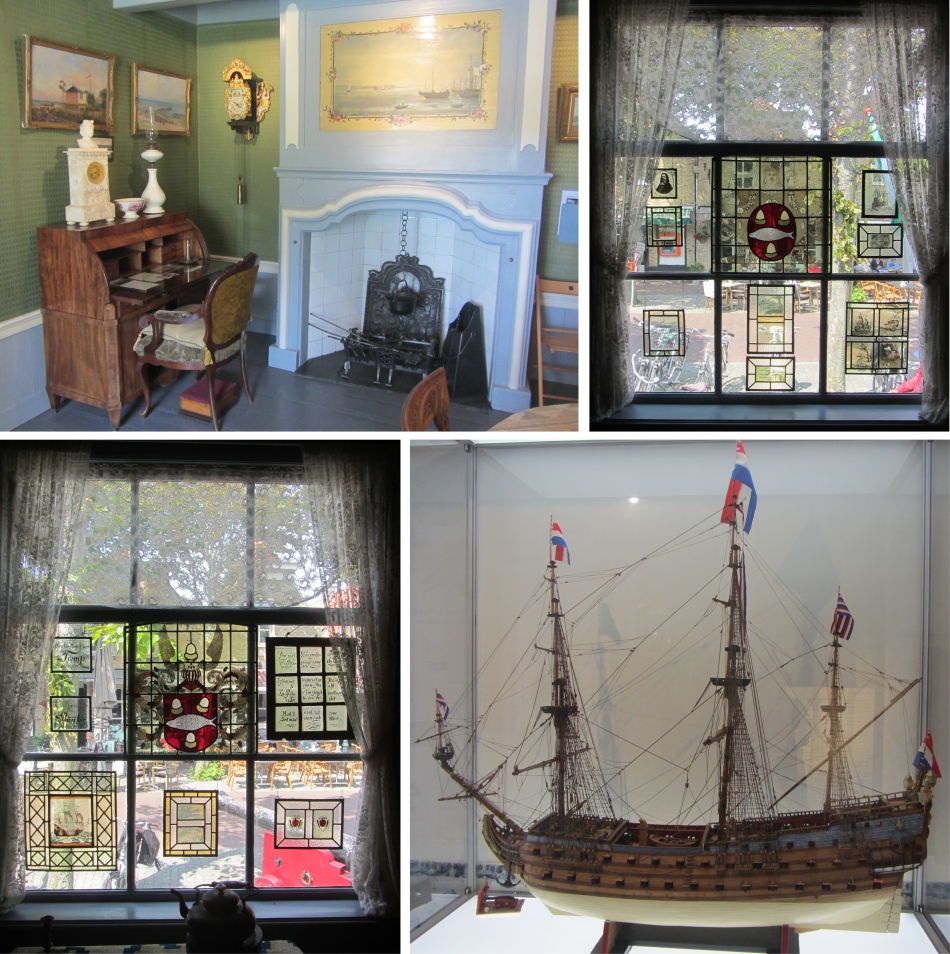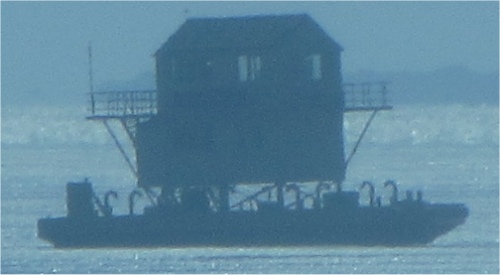After a shower and quick coffee, we walked down the length of Zoutsloot to the ferry terminal and caught the 9am ferry to Vlieland. We thought this island would be fairly quiet and more suited to Rex's delicate back than the neighbouring Terschelling which would be heaving with folk attending the Oerol.
As our ferry departed, I bought Rex, a lady sitting next to us, and myself a coffee each. The cups were of the take-away variety with snap on lids. I was standing by a guard rail as we slipped out of the harbour, sipping my coffee, when I felt a warm feeling down my front. To my dismay my lid had unsnapped itself, and I was obliviously pouring hot coffee down myself. I yelped, and Rex and the lady were in fits of laughter. Totally embarrassed, I made my way to the toilets, took off my top and washed it in a sink. Then, after rinsing it as dry as I could, I inserted it into a Dyson air-blade hand dryer, and spent a few minutes moving it up and down. In no time at all it was clean and dry, ready to be put on. Amazingly nobody entered the gents while I was doing all this.
We were now sailing up a narrow, twisting channel, sharing it with umpteen trawlers, barges and yachts. Gradually Harlingen faded into the mist and Vlieland and Terschelling loomed ahead. Vast sand banks slid by, treacherous under adverse conditions; sunbathing seals along the fringes jealously guarding their territory. Crossing through convoluted channels over the Waddenzee, we were afforded a first-hand view of the route we would need to take to get across to the gat between Vlieland and Terschelling before breaking out into the German Bight. The journey took us 105 minutes over the 28 km as the crow flies.
We glided past the marina at the north-western end of Vlieland, and soon we were pivoting about a large section of piling as the ferry reversed into the ferry terminal - it was a very impressive piece of "parking". We alighted with hundreds of others, many laden with creaking backpacks and tents intending to camp at one of the hundreds of sites on the island. Pelotons of other folk immediately hired bikes and set off to tour the island.
 Dorpsstraat |
Vlieland is one of the West Frisian Islands, lying in the Waddenzee. It is named after the Vlie, the seaway between it and Terschelling that was the estuary of the river IJssel in medieval times. It is the second island from the west in the chain, lying between Texel and Terschelling. The island was permanently separated from the mainland in St. Lucia's flood in 1287. The northern part of the island of Texel, Eierland, was once the southwestern part of Vlieland. A storm surge in 1296 probably separated Eierland from Vlieland. Erosion further diminished the size of Vlieland from the west, leading in 1736 to the disappearance of a second village on Vlieland, West-Vlieland, leaving Oost-Vlieland as the only remaining establishment on the island.
The island is around 12 km in length and no more than 2 km in width, of which the largest part is a desert-like area in the west, the Vliehors. The island is largely forested, and is an island of dunes, the most prominent being the eye-catching Vuurboetsduin. This is a forty-metre high dune with a red lighthouse on top.
The island, which is regarded as the most remote from the mainland, has a population of approximately 1100 people and is well known for the beautiful landscape, the large and various bird population and the peacefulness. In summer, many tourists come to visit the island, fortunately none of them are allowed to bring vehicles across to the island.
Until 1942 Vlieland, like Terschelling, was part of the province of North Holland. During the Second World War, Vlieland became part of the German Atlantic Wall. The Germans built two anti-aircraft batteries and stationed more soldiers on the island than there were inhabitants. They also repartitioned the island to Friesland and the situation was not reversed after the war.
But, back to the "now", we soon got over our disappointment regarding the bus tour, and instead we took a leisurely stroll down the attractive Dorpsstraat, lined with brick built buildings dating from the 17th century; some residential, but many containing shops, bars, cafes and restaurants. The street was buzzing with walkers, and cyclists streamed up and down. Cafes, bars and restaurants spilled out onto the pavements, many already filling up with folk just off the ferry. It really was a delightful setting.







